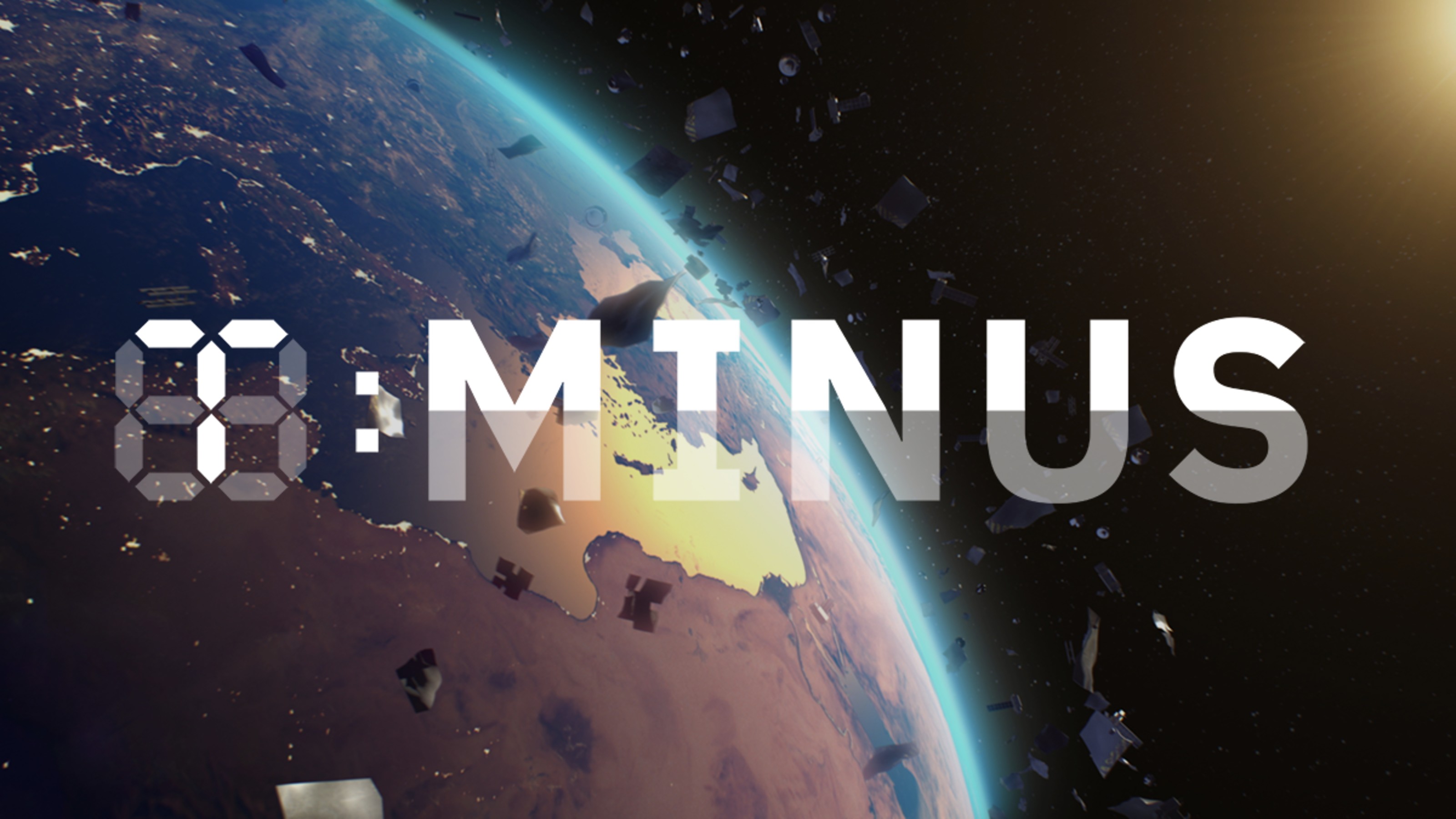Khakpour feels she has become more Iranian with age.
Question: What does it mean to be Iranian?
Khakpour: It means a completely different thing to be Middle Eastern in our post-9/11 era. It meant a completely different thing before that. But I’m very interested in Pan-Middle Eastern identity, and I think that after 9/11, rather than even thinking of myself as an Iranian, I began to think of myself as a Middle Eastern person more than ever. And it is very loaded, and it’s very mixed. But probably when I grew up . . . When I was growing up I felt a little bit ashamed. You know I was born the year before the Iran hostage crisis, and I was always taught that we were Persian, not Iranian. You know I had one of those families where they’d say, “Oh, say ‘Persian’”. Then I even for a while said “Iranian”. I remember growing up as a teenager, I knew Americans were saying “Iranian”, so I was Iranian. And then after 9/11 it sort of forced me to confront who I was and what that meant. And the ultimate outcome was pride, so that was . . . it’s a happy ending.
Question: Why have you become more Iranian with time?
Khakpour: Well part of it is, you know, politics and world affairs. Generally I think when you feel somewhat marginalized and you’ve become the new minority, you tend to gravitate towards your heritage, I think, more. So that’s been happening to me. I think naturally as you get older you go back to your roots, too, for the most part. But the novel had a lot to do with that. The novel . . . For many years it felt like I had forgotten what it was to be Iranian. And you know when I was in New York I was a New Yorker. And when I was in California I was a valley girl. And so it brought me back full circle because I was constantly immersed in issues, whether in the writing of it, or even in the press phase.
Question: What draws you to Iranian culture?
Khakpour: It’s interesting to be from a place that’s dominated so much world news in the last 30 years particularly. I think that, you know, a lot of people joke with me when my novel came out that, “Oh, isn’t it great that Iran is hot right now?” Iran wasn’t particularly hot when I wrote the novel. There wasn’t much talk about Iran immediately after 9/11 when I started the book. But Iran has never stopped being in the news I think, particularly since 1979 or the advent of the Islamic revolution. So I think for a lot of Iranian exiles in this country, there’s always been a sense of unease with who we are. And we’ve often felt that we have to somehow explain to people who we are and what it means. I mean you know there’s tons of misunderstandings. You know I get questions all the time, you know, “What’s Persia versus what’s Iran?” or something like that. So there’s always a lot of explaining to do. So that’s one part of it.
The other part of it is you’re from this ancient, ancient culture – so much history, so much turmoil, and so much grandeur. It seems hard, I think, for young people – particularly in this age – to know what to do with all that, at least for me for sure. And then when religion comes into play it’s also very tricky. I was raised without religion being a big part of my background. Historically we were Muslim, but my father made the decision to informally covert to Zoroastrianism. And my name is foreign to Iranians as well. Porochista is the daughter of Zarathustra, so I didn’t quite fit in with other Iranian, and certainly not Iranians in Los Angeles. The whole Tehrangeles phenomenon was very foreign to me because we grew up in a very modest suburb in Southern California where we were the only Iranian family – maybe the only for a while. So it’s been very mixed I think, and continues to be. And you know how much I speak about it and what I feel about it often determines . . . is dictated by my own reaction with things I read. I’m sort of separated from Iran, too. I don’t have a lot of relatives there. My father just went there for the first time in 30 years last week. But there definitely is a sense of unease and eggshells . . . walking on eggshells always with a country that you’re from, which I think few people feel.
Question: Have you ever been back to Iran?
Khakpour: No. Since you know 1981, ’80 I have not been back, and I don’t have any immediate plans to. In the ‘90s I definitely planned on going to Iran at some point, and for whatever reason it didn’t happen. But it seemed like the climate was perfectly fine for an Iran visit. In recent years obviously since Ahmadinejad has come to power, it seems like less and less of a good idea. So . . . But like I said my father went there last week and he had a wonderful time. And he did have trouble at customs and he, you know . . . all that. But when he was actually there he had a wonderful, wonderful time. But I think it might be a little bit different for women – and particularly women who have gotten any sort of western press, or have any sort of prominent western identity. So I’m gonna hold off on that for a second.





